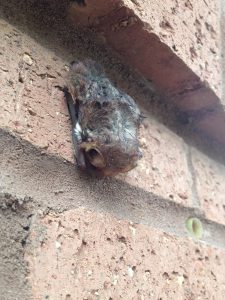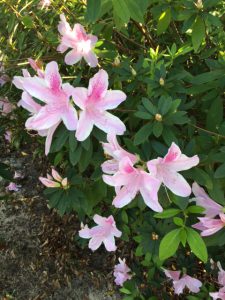It’s mid-February, and regardless of the groundhog’s prediction, spring seems to have arrived in northwest Florida. In my neighborhood, all the azaleas have bloomed. While beautiful, it’s something that usually doesn’t happen around here until well into March!
According to NOAA and NASA climate data, 2016 was the hottest year globally on record, followed by the previous hottest years, 2015 and 2014. In fact, 16 of the 17 warmest years documented (since official record keeping began in 1880) have been since 2001. The United States also experienced a record-setting year of natural disasters in 2016, ranging from floods to droughts and wildfires.
As the warming trend continues, gardeners, farmers, and wildlife managers alike will find it necessary to adjust their long-held practices. When plants bloom or put on fruit early, these changes can have real economic and commercial impacts. Farmers compete on a global scale to get products to market, and if northern climates start experiencing warmer temperatures, Florida farmers could lose their competitive edge.

Juvenile bats are vulnerable and therefore protected by state laws during late spring through summer in Florida. Photo credit: Carrie Stevenson
In natural systems, a change in migration or hatching could affect the success of a protected species’ survival. The time frames for these life stages are often legally protected by state or federal laws. For example, in Florida, bats cannot be “excluded” from a building between the April 16-August 14 due to the maternity season. Beach re-nourishment projects are restricted and heavily monitored during sea turtle nesting from May-October. If these time frames start skewing earlier in the year due to changing temperatures and early onset of spring and summer, laws or common practices might need to be evaluated and changed.
In response to these changes in weather patterns, the interesting science of phenology (not to be confused with the brain-mapping “science” of phrenology) has regained popularity in recent years. Phenology is the study of when annual events in the natural world begin—the first hatching of shorebirds, the blooming of spring flowers, the migration of butterflies. For many years, both amateur and professional naturalists have kept records of these phenomena, observing them for pure scientific interest. Now, phenology research has become real-time documentation of a changing world. There are several national networks of citizen scientists making observations and recording them online, including Project Budburst, FrogWatch USA, and the National Phenology Network. If you enjoy spending time outdoors, consider joining one of the many phenology networks and contributing to the larger body of scientific observation. The more we understand about climate-related changes, the better we can prepare and adapt.
- Wax Myrtle–a Native Evergreen - December 26, 2025
- Yucca–A Tough and Versatile Native Plant - November 26, 2025
- Blazing Star - November 6, 2025

